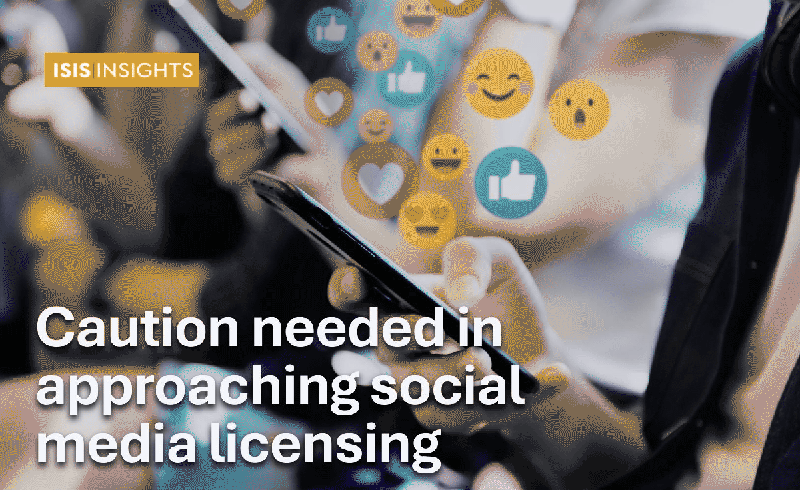IT was recently reported that the Ministry of Communications, together with the Malaysian Communications and Multimedia Commission (MCMC), are planning to regulate social media platforms.
This will ostensibly be done through a licensing regime where social media platforms will require a licence to operate legally in Malaysia.
While exact details remain scarce, there are two seeming objectives for this: (1) to introduce a digital revenue sharing mechanism; and (2) to address the allegedly increasing number of harmful online content on social media platforms.
Meeting the first objective is much welcomed. It is a known fact that platforms disproportionately benefit from the content created by traditional media companies, undermining the already precarious financial position of the latter.
The media’s lack of financial viability could, in turn, have knock-on effects on its ability to play a larger role in support of a functioning democracy.
Meeting the second objective, however, can be slightly more complicated.
While the overarching imperative to address harmful online content is understandable, there are valid concerns if the ends justify the means, or if the introduction of a licensing regime is premature when considered on balance.
On one hand, the benefits are obvious enough — social media platforms typically operate outside of Malaysian jurisdiction, thus are not directly bound by Malaysian laws.
This also means that MCMC, despite its regulatory mandate, is unable to compel these platforms to remove any given content.
This lack of regulatory control can be an issue if the platforms are lax in removing unobjectionably harmful online content such as child pornography, terrorism materials, and scams.
On the other hand, the risks associated with a licensing regime should not be downplayed.
Theoretically, a licensing regime could see social media platforms becoming beholden to the authorities for licence renewals, not too dissimilar to the printing presses’ licensing requirement under the Printing Presses and Publications Act 1984.
As a result, platforms could be more compliant and acquiesce to more removal requests.
This then raises the question of the government’s exact definition of harmful content, especially if harmfulness is conflated with potential illegality under Section 233 of the Communications and Multimedia Act 1998.
The reason for this being Section 233’s vague wording and resultant broad applicability, which sets the redline for free speech at content that causes mere annoyance.
This means that while removal requests made under this provision has a veneer of legality, it says little of the actual harmfulness of the content in question.
Exacerbating this is the lack of transparency on what exactly MCMC has been requesting these platforms to remove, and the platforms’ response to these requests.
For context, the government does not periodically publish data related to its removal requests, while figures reported in the platforms’ respective transparency reports do not contain sufficient information to make any meaningful assessment.
Without meaningful transparency on this front, the public can neither effectively scrutinise the legitimacy of the government’s removal requests nor assess the platforms’ compliance levels in removing harmful online content.
This has a direct bearing on the public’s ability to either support or contest the proposed licensing regime, undermining the concept of participatory policymaking.
Now, to be clear, regulating any matter related to speech will naturally raise concerns. After all, speech is widely accepted as the bellwether of every other human right.
In moving forward, my proposal is to fine tune the sequencing of this policy decision.
Rather than treating a licensing regime as the starting point of regulatory intervention, the government should instead prioritise making the aforementioned processes transparent to assuage concerns. (A thorough case for greater transparency was made here).
This means making its removal requests public, along with the platforms’ subsequent decision to retain or remove the content in question.
This will go a long way in informing the need for a licensing regime and ensuring a balance between protecting people from harmful online content and upholding free speech rights.
In conclusion, while the objectives of introducing a licensing regime for social media platforms may seem commendable, the complexities and risks involved necessitate a more cautious approach.
Meaningful transparency, rather than a licensing framework, should be the first step forward towards any equitable regulatory regime.
This article first appeared in the New Straits Times , 01 May 2024





